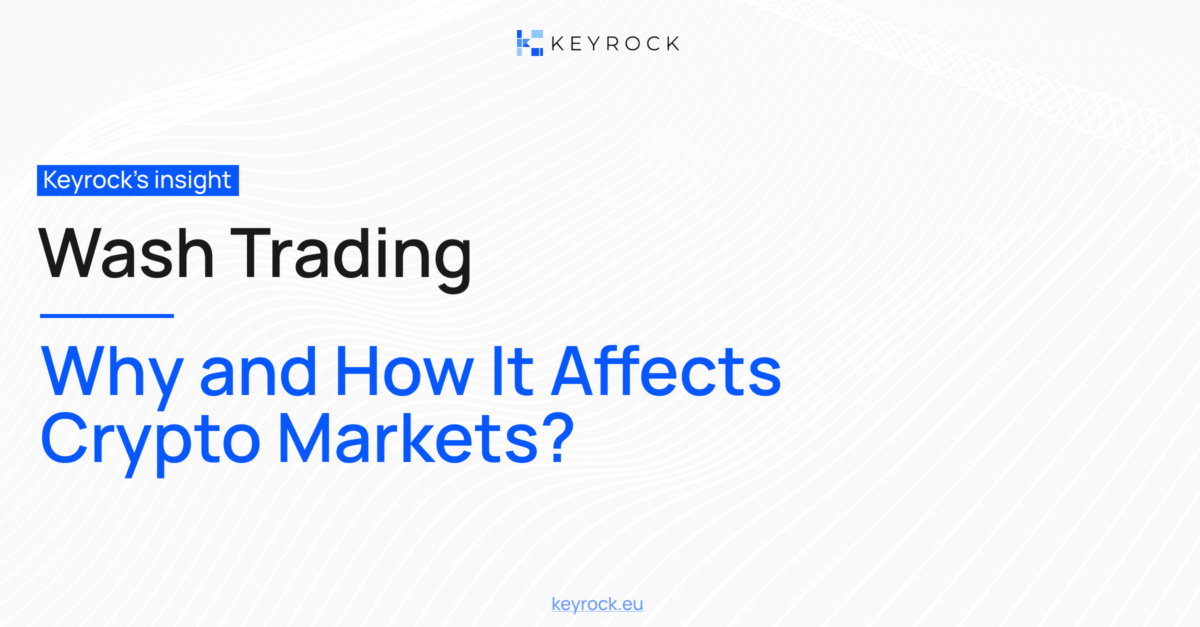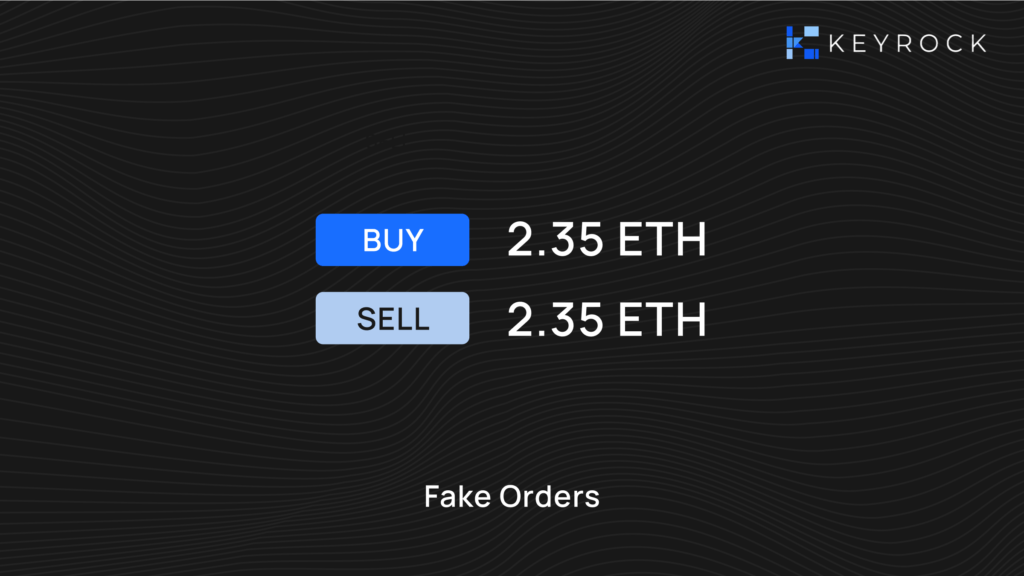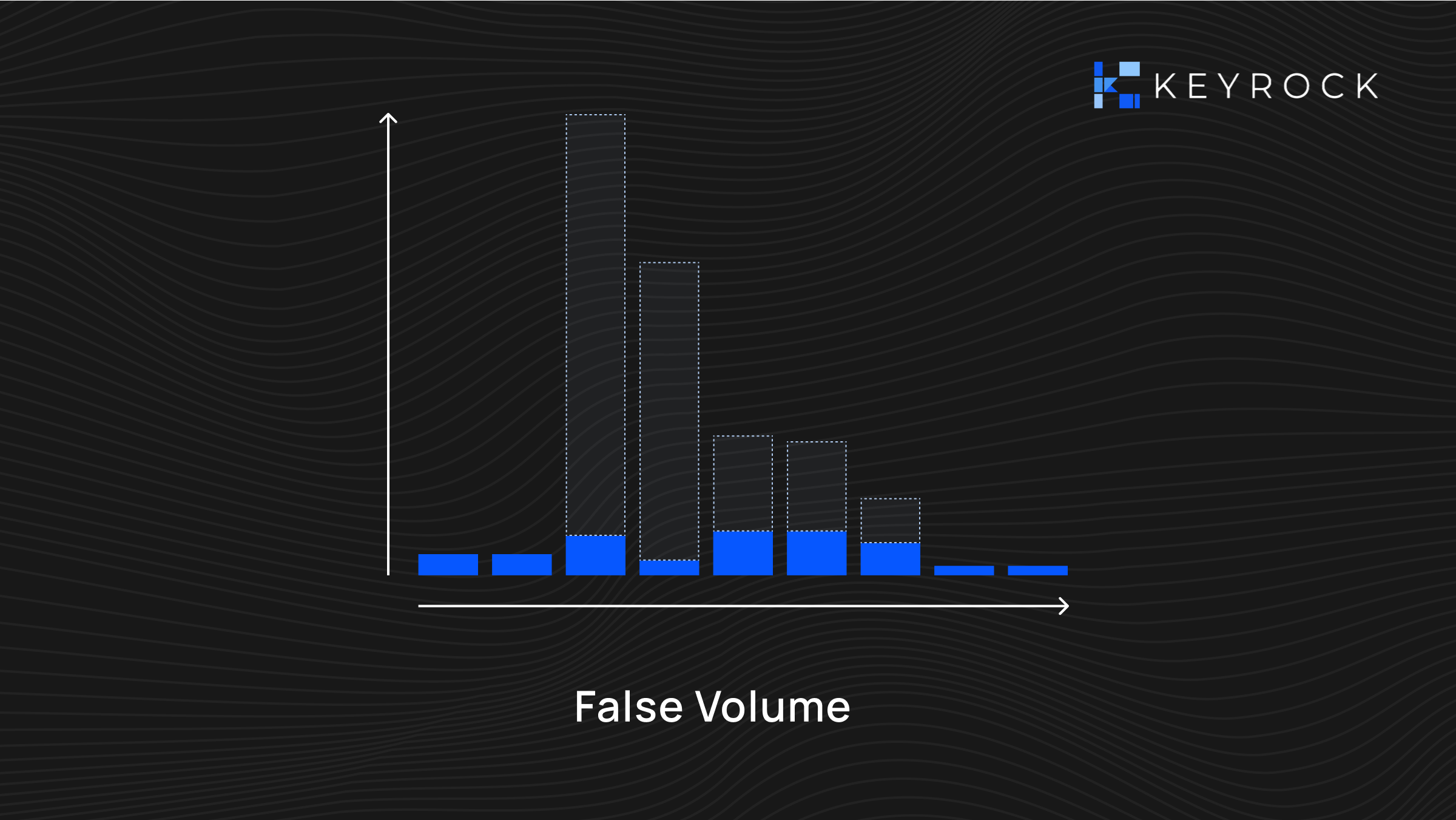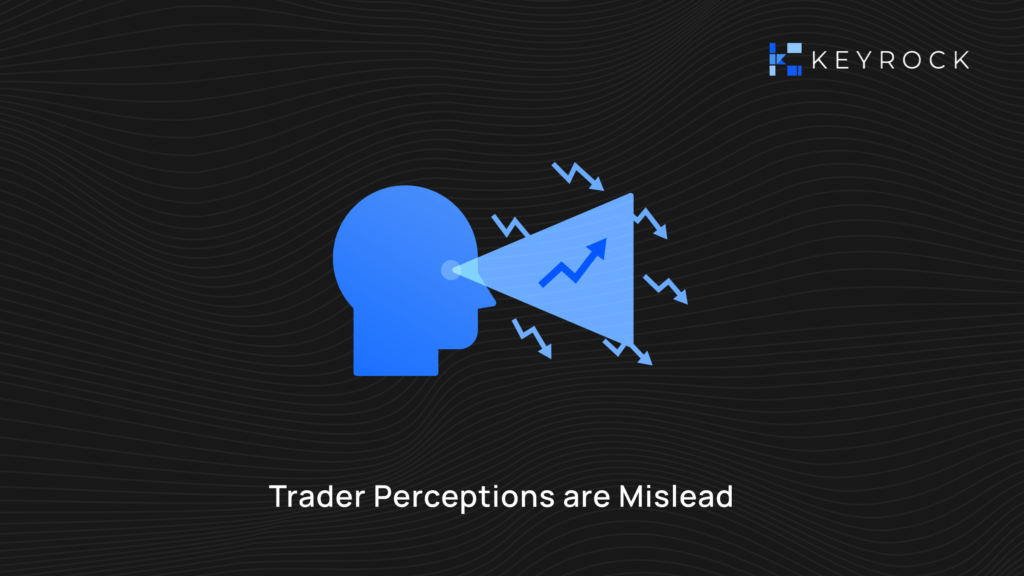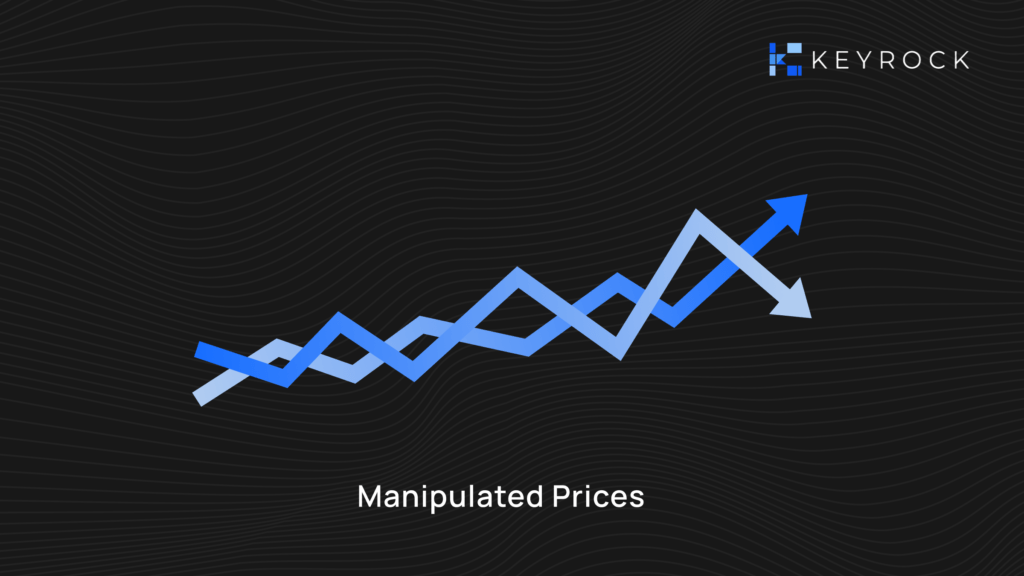Wash trading was outlawed in the Commodity Exchange Act of 1936. In traditional finance, the activity is kept at bay by relevant authorities such as the Securities Exchange Commission (SEC) and the Internal Revenue Service (IRS). However, these authorities have a harder time preventing it in cryptocurrency markets.
Traditional order book models, such as those found in CEXes, can be especially prone to wash trading. While it can also occur in AMM systems like those used in decentralized exchanges (DEXes), 95% of wash trading happens on these centralized trading platforms. When it does happen in DEXes, it is usually due to their permissionless and programmatic nature, which can be exploited by Sybil attacks, algorithmic trading, or mercenary capital.
Unlike traditional exchanges with central oversight, crypto exchanges have limited control over user behavior. This makes it very hard to police in these markets precisely because of their innovations.
However, there are a number of ways in which crypto market makers can protect themselves. Some include:
- Choosing reputable exchanges.
- Avoiding suspicious assets or token pairs.
- Doing analytical research on their markets.
- Avoiding markets with sudden spikes in trading volumes.
Stay in the loop to learn more about what to watch out for in crypto market making by following Keyrock on Twitter, LinkedIn, or Lens. You can also contact us today if you’re interested in market making services.
